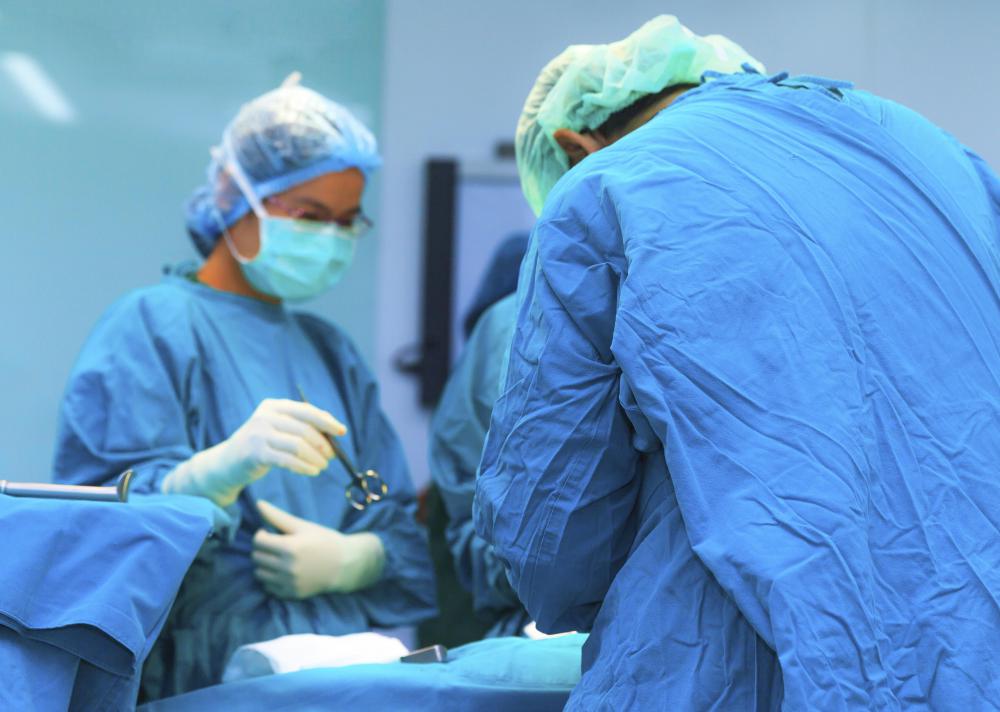At WiseGEEK, we're committed to delivering accurate, trustworthy information. Our expert-authored content is rigorously fact-checked and sourced from credible authorities. Discover how we uphold the highest standards in providing you with reliable knowledge.
What is Liver Regeneration?
Liver regeneration is a phenomenon by which the liver can re-grow its own tissues to repair itself from damage or surgical removal of up to two-thirds of its own tissue. Research seems to suggest that, when as much as two-thirds of a patient's liver is removed, liver regeneration can cause the liver to return to its normal size within a week. Research on dogs has shown that small livers transplanted into large dogs can grow until they reach the appropriate size, while large livers transplanted into small dogs will usually shrink until they reach the appropriate size. Similar examples of liver growth or shrinkage have been observed in human patients receiving liver transplants. Researchers are still investigating the mechanics of liver regeneration, but they believe that liver cells have an almost infinite capacity to regenerate themselves.
The powers of self-repair demonstrated by human and animal livers are believed to be immense. Examples of complete liver regeneration following partial hepatectomy, or surgical removal of a portion of the liver, are many. Experts believe that multiple instances of liver regeneration in the same patient are possible. Researchers working with animals have observed as many as a dozen instances of liver regeneration in the same test subject.

The process of tissue regeneration in the liver typically begins about 10 to 12 hours after damage is sustained, and it takes an average of three days for the liver to fully regenerate itself. When a part of the liver is damaged or removed, the liver cells that remain begin secreting a substance known as hepatocyte growth factor. Hepatocyte growth factor stimulates the hepatocytes, or liver cells, to begin reproducing. Other growth factors and hormones typically become involved, helping to spur the production of new biliary epithelial cells and new endothelial cells in the liver. Experts believe that there is no limit to the number of times a single hepatocyte can copy itself.

Experts once believed that the liver regenerated itself by producing special cells with embryonic or fetal characteristics. Recent research suggests, however, that the liver regenerates itself through ordinary cell replication. Even as it regenerates itself, the liver generally continues to fulfill its basic functions in the body. These basic functions include detoxification of the blood and tissues, regulation of metabolism and regulation of fluid levels throughout the body.
AS FEATURED ON:
AS FEATURED ON:














Discuss this Article
Post your comments